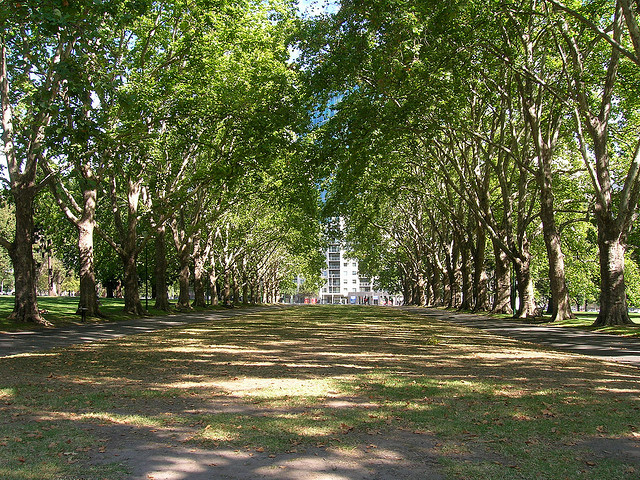
Planting trees destined to live long healthy lives is believed to be a good way to save the planet, but what about ourselves?
30 years after a mass tree-planting event in Oregon, research has shown those who live near them are at lower risks of death from cardiovascular disease, as well as other non-accidental deaths.
The study took advantage of a unique opportunity, namely that the non-profit Friends of Trees planted nearly 50,000 street trees in Portland, and kept detailed records of when and where they were planted.
A research team made up of scientists from the Barcelona Institute for Global Health and the United States Department of Agriculture looked at the number of trees planted per census tract (blocks of 4,000 inhabitants) in the following 5, 10, and 15 years, and compared them with mortality data provided by the Oregon Health Authority.
In neighborhoods where more trees were planted, mortality rates were lower; 6% lower for cardiovascular disease, and about 20% for non-accidental excess mortality. Furthermore, the association was higher the older the trees were, suggesting that preserving mature trees in neighborhoods perhaps should be considered a public health issue.
To compare, the 6% lower risk is more than the absolute risk reduction of cardiovascular disease in patients taking statin inhibitors, one of the first treatment choices most people receive for elevated risks of CVD, according to a meta analysis of 21 studies consisting of 140,000 people.
“We observed the effect both in green and less green neighborhoods, which suggests that street tree planting benefits both,” said Geoffrey H. Donovan, from the USDA Forest Service and first author of the study.
RELATED: Increasing Tree Cover on City Streets May Be Like Community ‘Superfood’ —Improving Health by 33%
Finally the authors included a financial assessment of the cost of upkeep for street trees versus the cost of years of life lost as a result of having no trees and therefore no risk reductions.
Astonishingly, they found the annual cost of planting and maintaining one urban tree in each of Portland’s 140 census tract areas would range somewhere between $3,000 and $13,000, but that it would generate around $14.2 million annually in lives saved.
GNN has reported on similar studies before—in 2019, when a study from the University of Illinois found that Medicare costs tend to be lower in counties with more forests and shrub-lands than in counties dominated by other types of land cover.
A 2021 study from the the University of Wollongong, Australia, found that in neighborhoods with a tree canopy of 30% or more, adults had 31% lower odds of developing psychological distress, and 33% lower odds of rating their general health as “fair” or “poor” over six years.
SHARE This Green Health News With Your Friends…



















